
Few could have seriously predicted the impact the original Game Boy would have when it was released way back in 1989. Sure, Nintendo's commercial pedigree was pretty clear – it had conquered Japan and North America with its Famicom / NES console and made a success of its Game & Watch handheld range – but it was essentially walking into entirely new territory with the DMG-01, a true portable gaming system that used interchangeable cartridges but was saddled with a monochrome, unlit screen. Despite the reservations many had – even back in 1989 – it became a phenomenon, and arguably represents one of the most significant developments in the realm of handheld gaming.
Fast forward to 2022, and there's another monochrome portable on the market. Panic's $179 Playdate is perhaps the ultimate 'hipster' handheld, and it takes a fair amount of inspiration from Nintendo's iconic system. It too has an unlit black and white display – albeit one which is many leagues ahead of that seen in the Game Boy (ironically, Sharp is the manufacturer of the screens in both systems, despite them being separated by more than three decades). It also has that familiar D-Pad and two-button control setup. However, beyond that, the Playdate has plenty of unique ideas – and while it may seem gimmicky initially, it's actually a very exciting piece of hardware.
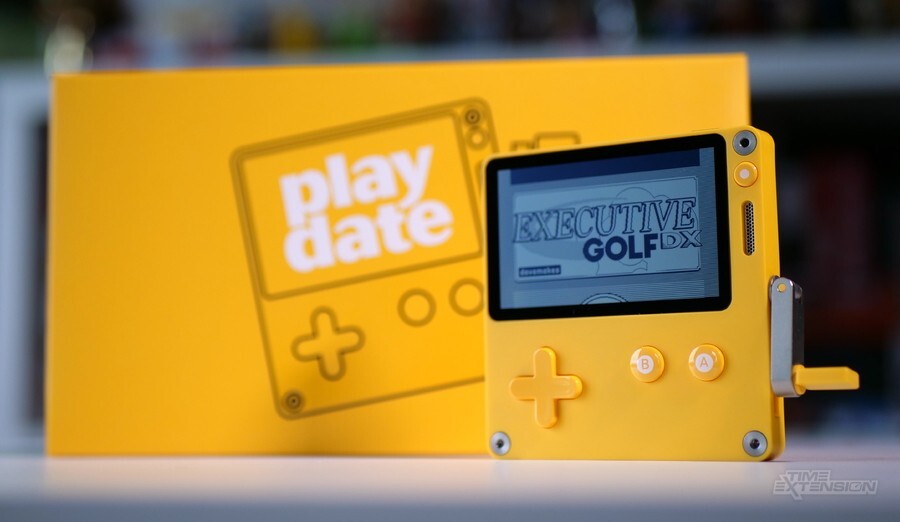
Playdate Review: The Hardware
When compared to the aforementioned 1989 Game Boy, the Playdate is positively dinky. With measurements of 76 × 74 × 9 mm and a weight of just 89 grams, this is one seriously portable device – it's smaller than your smartphone and will slip effortlessly into any pocket. The casing is fashioned from high-quality plastic which doesn't flex or creak under pressure; while it would have been nice to see a metal casing, the Playdate doesn't feel cheap. It's also very comfortable to use, even for long periods of time.
Alongside the clicky and responsive D-Pad and rounded action buttons, your main interface is the crank on the right-hand side of the device. This docks into a little opening when not in use, and is one of the more unique aspects of the Playdate hardware. It offers analogue control, but in a way that hasn't really been seen in the realm of games before (save for, perhaps, fishing rod controllers, like the one released for the Sega Dreamcast). You could argue that the disc on the Intellivision controller is a close match – or one of the many paddle controllers that have been released over the decades – but the 'feel' of using the Playdate's crank is very, very different to what has gone before. There's a tangible sense of joy when you see the effect the crank has in the various games you play.
Outside of these inputs, you have a power button on the top edge of the device and a 'home' button in the top-right corner of the console's face. The bottom edge is home to the 3.5mm headphone jack and USB-C charging port, as well as the console's microphone. It's also worth noting that the Playdate has an internal accelerometer for motion control. The device's speaker is located on the right of the screen and packs a surprising punch considering the thin nature of the unit.
We touched upon the Playdate's screen earlier, but it's worth a little more attention. The 2.7-inch 400 × 240 pixel 1-bit panel uses Sharp's "Memory LCD" technology, which means it acts very much like an e-paper display; each pixel is capable of 'remembering' its current state, and that means improved battery life as certain parts of the screen don't need to be refreshed until they 'change' their state.
On top of this, the viewing angles are excellent – although, like the original Game Boy, you'll need to play it in reasonably decent light as the panel is non-illuminated. While the manufacturer claims that the Playdate's display is visible in "edge-of-vision darkness", we found that it was sometimes tricky to see unless we held it just right, even in relatively well-lit rooms. Despite this, it's still an excellent screen and is incredibly sharp (no pun intended).
There's 4GB of internal memory for games, and sadly no means of adding to that total, as the device lacks any kind of expandable storage. To be honest, the games are so small in size that it's not likely to be a massive concern; the largest title is Echoic Memory at 158.7MB, while the smallest is Omaze, which is just 59.4KB in size. You can obviously delete and then re-download titles if you run out of space, but the first 'season' of games (more on that in a bit) will fit comfortably within the Playdate's internal storage, with space to spare.
As for the battery, well, this is the component that triggered the system's delay to this year. Panic claims that the device can last up to 8 hours during use, with a 14-day standby stamina. It feels like both of those claims are "best case" figures because we didn't quite get to 8 hours before the unit required a top-up, but actions such as downloading new games (which should only happen once a week, as we'll discuss shortly) obviously soak up a bit of juice. The games you're playing will also tax the system's processor in different ways, too. The Playdate's staying power compares pretty well to other portable devices, at least.
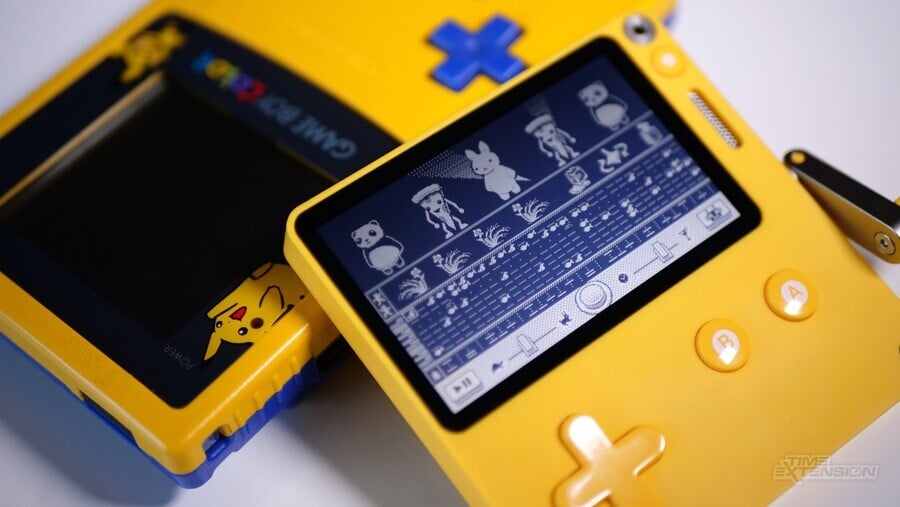
Playdate Review: The Software
There's no physical media involved with the Playdate, so all games are downloaded from the internet. In a unique move, Panic has instigated a 'Season' of 24 games, which lasts twelve weeks from the moment you purchase the system and register it via the web.
Day one marks the beginning of the season for your Playdate, and you'll get two new games every week for twelve weeks. These are downloaded automatically, as long as your Playdate is connected to your WiFi. Updates for these titles also occur automatically, when they're available. In a neat touch, new games have to be 'unwrapped' before you can play them; a little animation plays out and the title is added to your main menu with some degree of fanfare. It's a surprisingly joyful process that doesn't get old, no matter how many times you see it.
The initial batch of 24 games is incredibly varied; some are small-scale, "pick-up-and-play" affairs that are focused on high scores and are ideal for portable short-burst play, while others offer deeper experiences that will soak up your attention for longer periods of time.
In the former camp, we have titles like Whitewater Wipeout from Chuhai Labs – a studio that includes the talents of one Giles Goddard, a former Nintendo staffer with credits such as Star Fox and 1080 Snowboarding to his name. The objective is simple – to score as many points as possible by performing stunts on a surfboard – but the depth is astonishing; you use the crank to steer your board and need to build up momentum to get enough air time to pull off 360-degree (or more) spins. Landing your board isn't as easy as you'd think – especially when you're aiming for 720-degree spins (or higher) as these require more turns of the crank – but the motivation comes from the fact that you can trigger score multipliers if you take risks and go for multiple revolutions whilst airborne. It's incredibly addictive, despite each game only lasting a few minutes (if you're lucky).
Other 'quick fix' titles are Snak (a new take on the Nokia classic Snake), Star Sled and Hyper Meteor, with the latter being a riff on Atari's Asteroids. Crankin Present Time Travel Adventure is the brainchild of Keita Takahashi of Katamari Damacy fame and makes cunning use of the Playdate's crank to challenge the player in their quest to guide their lovestruck avatar to a date with his girlfriend. The catch here is that the crank controls the character's actions (so you can rewind his pre-determined jump animation, for example) but not time itself, so you'll need to keep Crankin in the air to avoid incoming threats or make him crouch down to avoid aerial obstacles. It's hard to explain without physically demonstrating the process, and another example of how the Playdate's crank can deliver totally new gameplay experiences.
Elsewhere, Casual Birder calls to mind the 'catch 'em all' approach of Pokémon, while Ratcheteer looks and feels like Zelda: Link's Awakening – however, its world is cloaked in darkness and you'll need to use the crank to wind-up your lamp. Questy Chess, by dadako (Pirate Pop Plus), is an RPG-style adventure that uses the rules of Chess, while Inventory Hero takes the RPG template and simplifies it by only having you worry about what items your warrior chooses to keep and discard. All of these titles offer many hours of gameplay, and each one proves the Playdate isn't just about short-burst entertainment and crank-based gimmicks.
While it might seem foolish to lock the Playdate down to the 24 titles in Season One, you can also side-load games onto the device. Indie developers can create new titles and share them freely with Playdate owners using this system; indeed, one game is already for purchase via this method. Bloom, developed and self-published by RNG Party Games, is a social sim about operating your own flower shop that runs in real-time; it can be purchased for $9.99 and side-loaded onto the device. Many other games are currently in development, including Daily Driver (Matt Sephton), Poly's Roly Rumble (RNG Party), Mars After Midnight (Lucas Pope) and Direct Driver (DACvector). If side-loading sounds like a faff, then worry not – Panic has announced that an upcoming app, called Catalog, will serve as a digital store that will enable developers to offer their titles for direct purchase and download on the Playdate.
The crank is used as the main control method for most of the Playdate's games, but crucially not all of them; the supremely addictive puzzle game Pick Pack Pup is played using the D-Pad and buttons, for example. While the crank does open up plenty of possibilities when it comes to control, there are the odd occasions where it feels like a solution in search of a problem; for example, controlling your spaceship with the crank in Hyper Meteor takes a lot of getting used to, and there were times when we wished we could simply use the D-Pad instead. However, by and large, the games that make use of the crank do so in a manner that feels pleasingly unique.
Playdate Review: Complete Season One Software Lineup
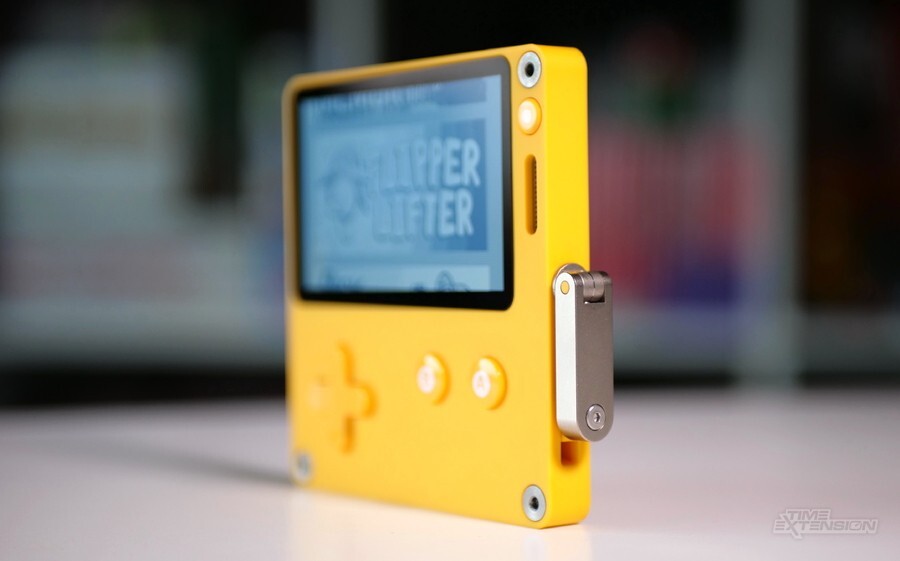
Playdate Review: The Verdict
It's refreshing to have a new piece of gaming hardware on the market that isn't focused on pure processing power and instead aims to provide an experience and interface that is totally unique; while it might seem lazy to make comparisons between the Playdate and the Game Boy, it arguably feels just as exciting and innovative as Nintendo's handheld did back at the close of the 1980s.
The Playdate's form factor makes it ideal for portable play, and the selection of 24 games in Season One is remarkably varied and appealing; there really is something for everyone, and we personally love the visual language that's been used in many of the games; it reminds us not just of the Game Boy but also of the Apple Macintosh and its iconic high-res monochrome display.
In a world where everyone has a gaming platform at their side thanks to the proliferation of the smartphone, the Playdate offers a genuine alternative to Candy Crush or Clash of Clans; it's highly portable and easy to carry around with you (the same cannot be said of the Switch – or the original Game Boy, for that matter) and its games have clearly had a lot of time and energy spent on making them as appealing as possible.
While it remains to be seen if Panic's gamble is going to result in a platform that can sustain interest from gamers and developers for years to come, we have to admit we've thoroughly enjoyed our time with the system; it feels like a throwback to a time when handheld video gaming was a simpler, more innocent pastime, and every new experience felt fresh and exciting.
Thanks to Panic for supplying the unit used in this review.
This article was originally published by nintendolife.com on Mon 18th April, 2022.

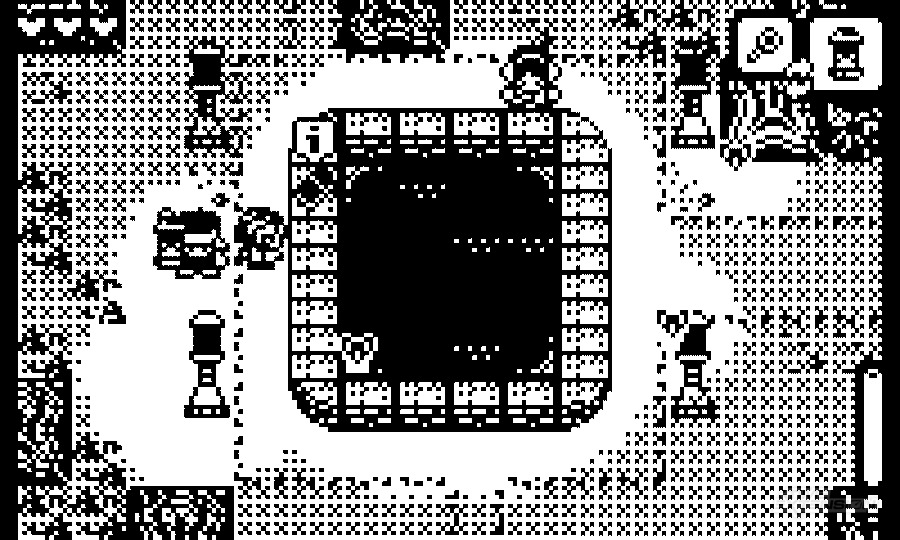
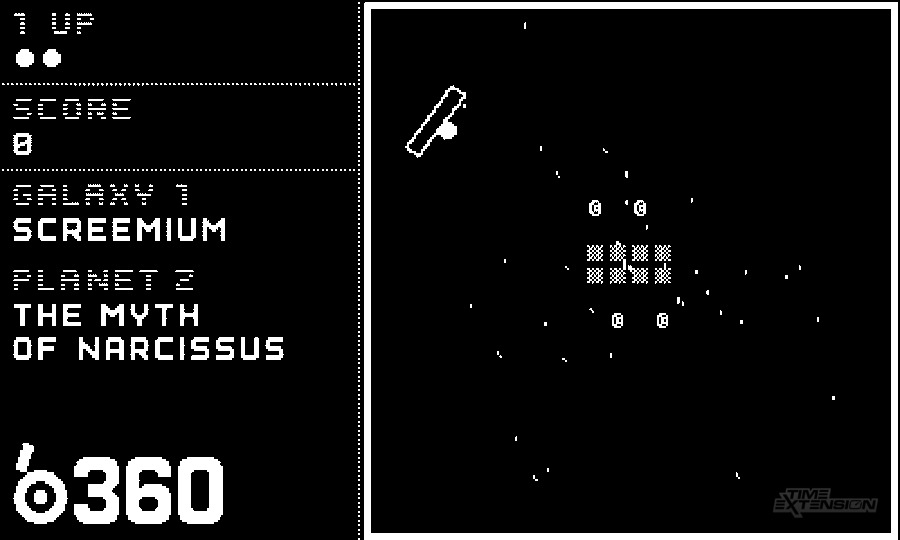
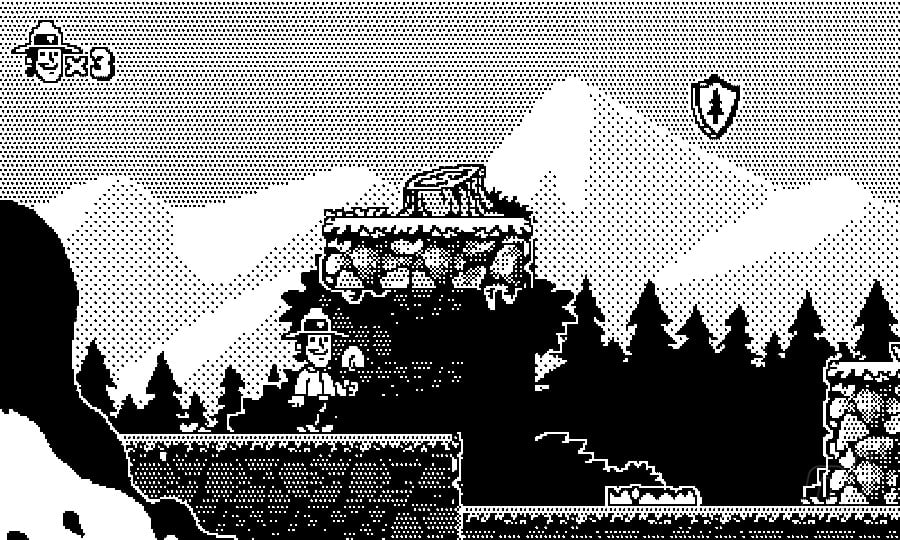
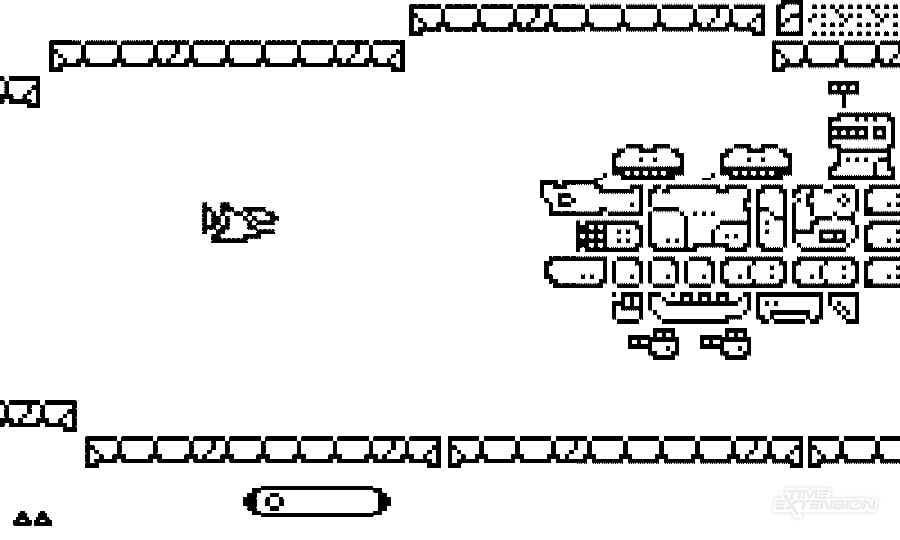
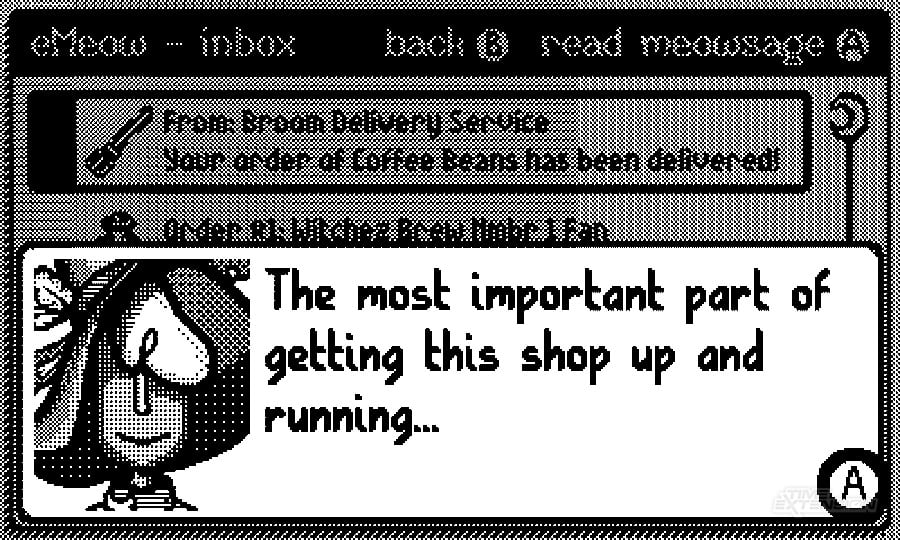
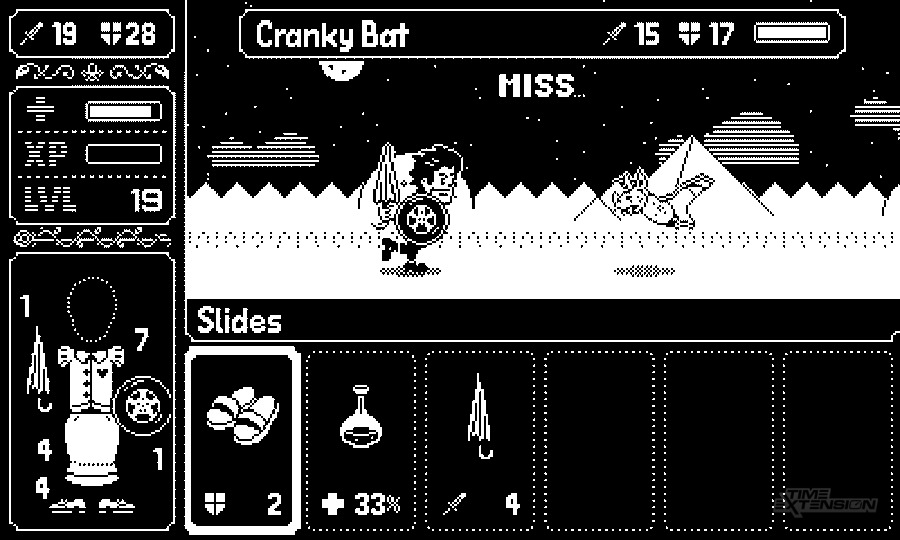

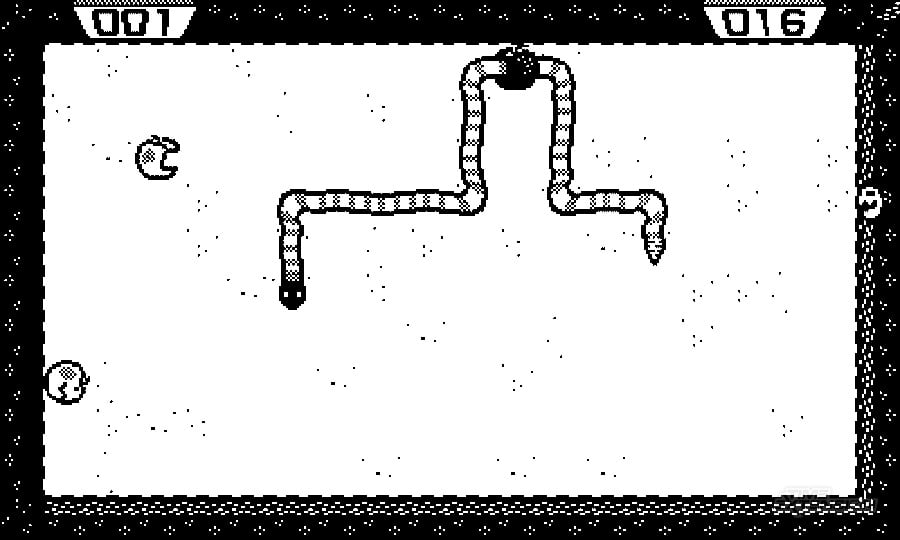
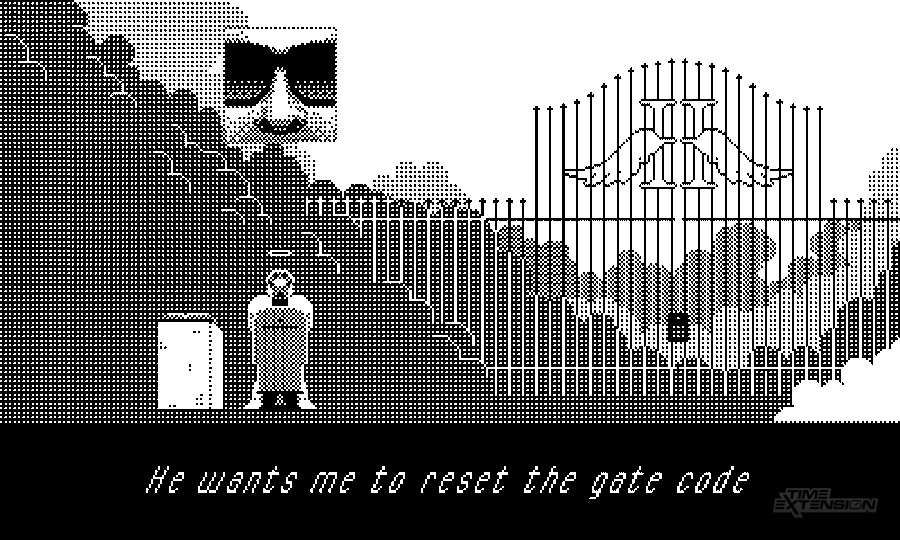
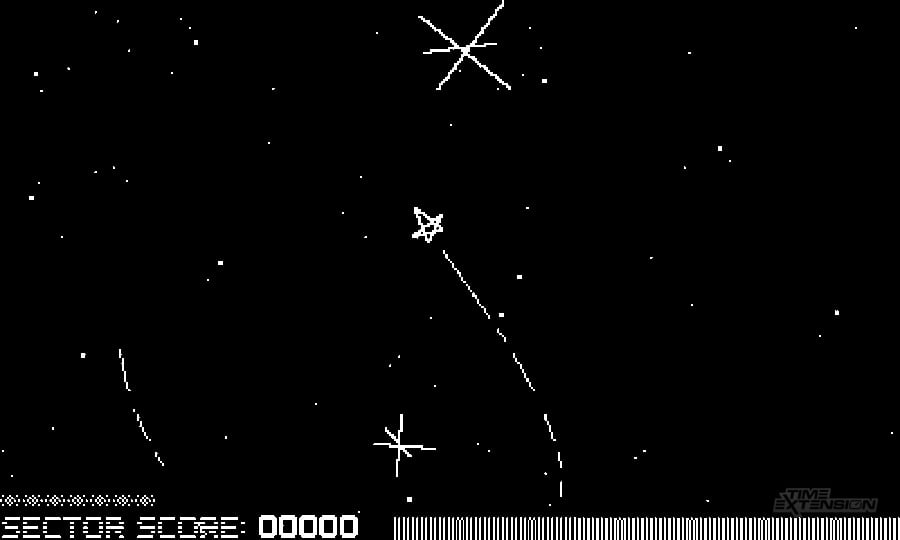
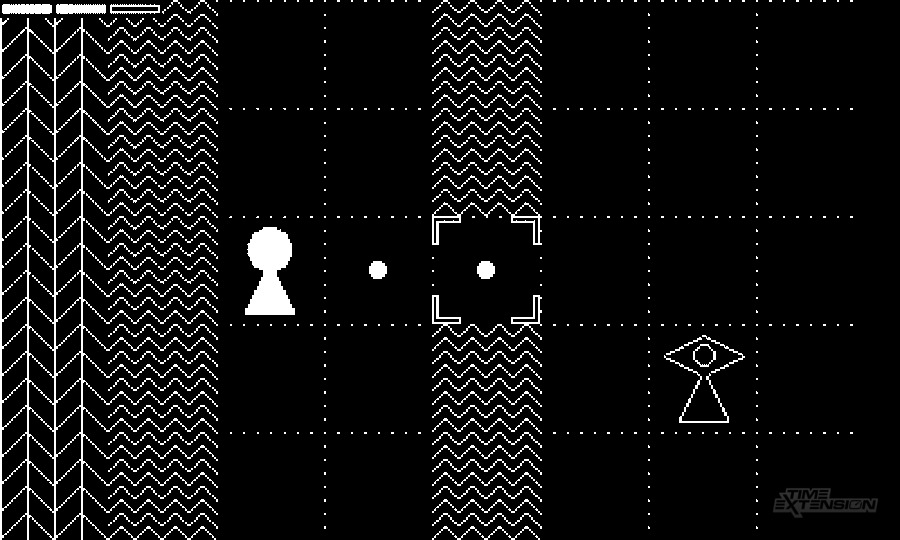

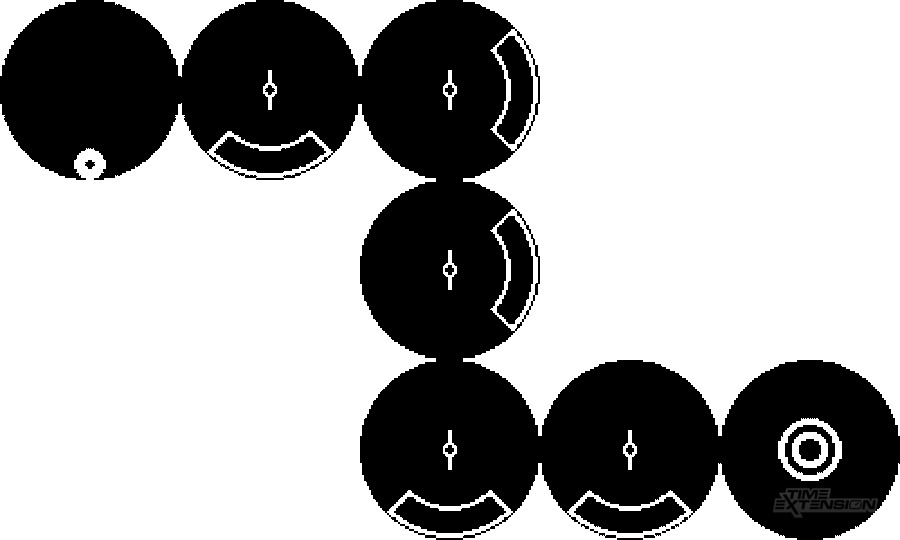
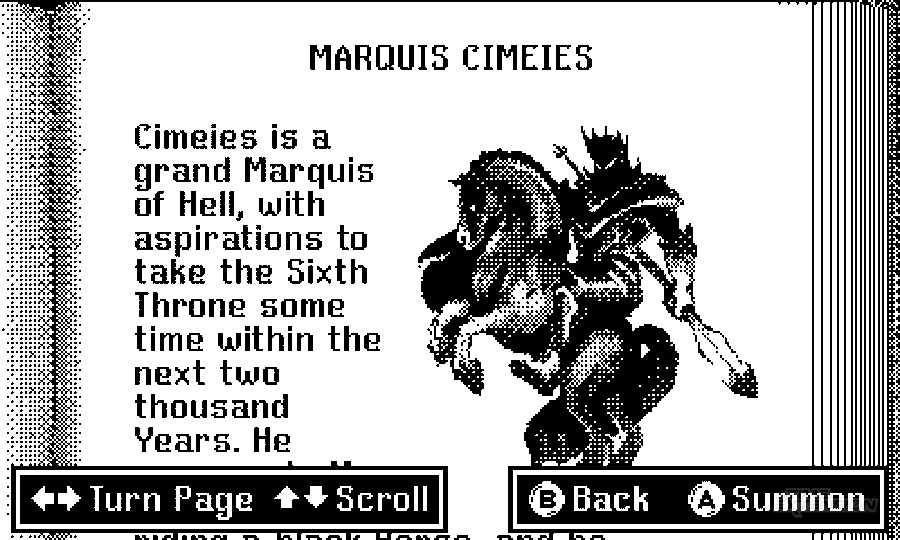
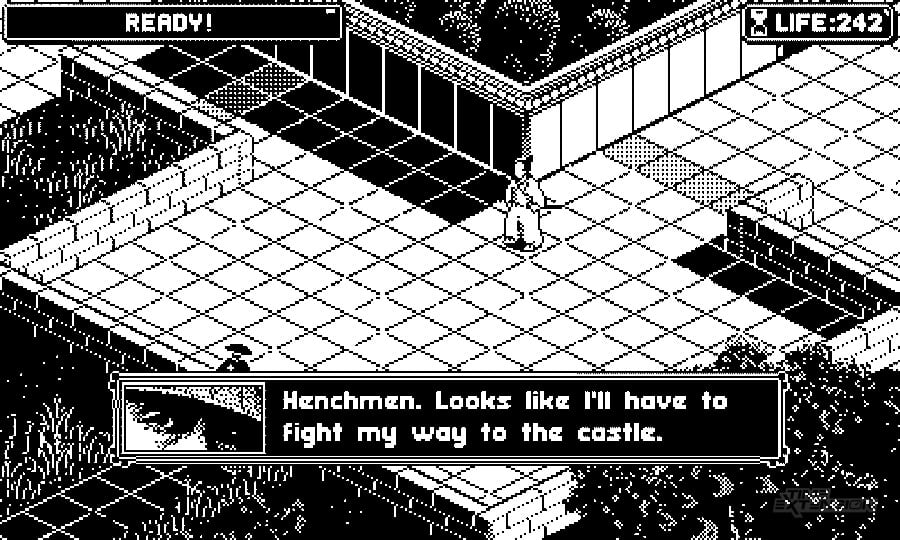
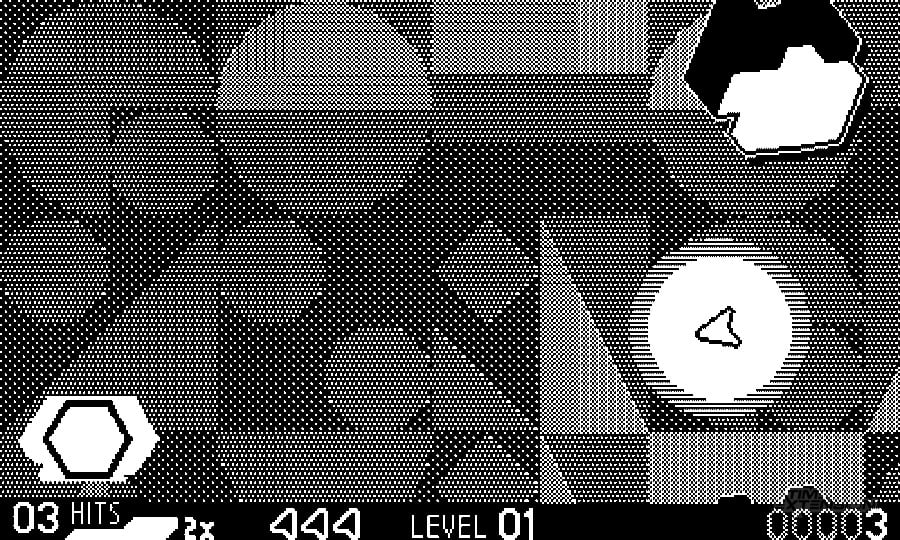
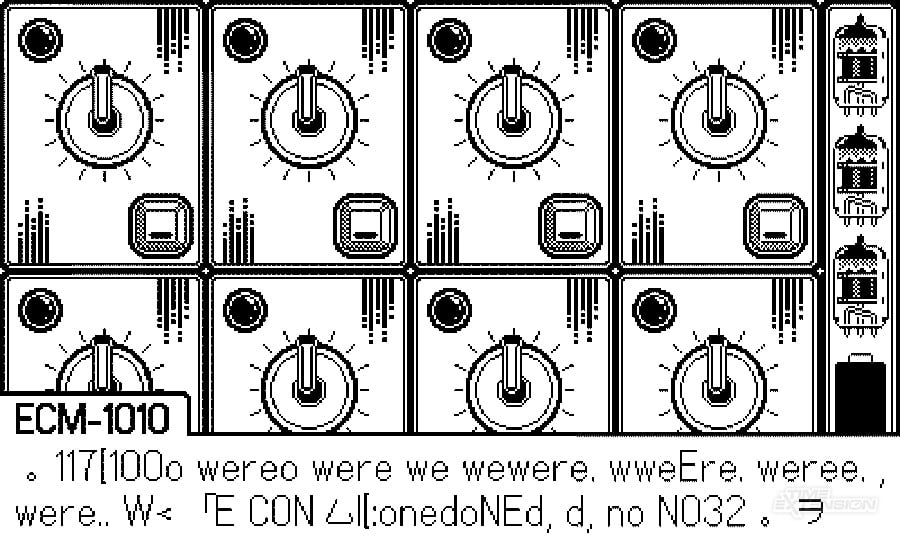

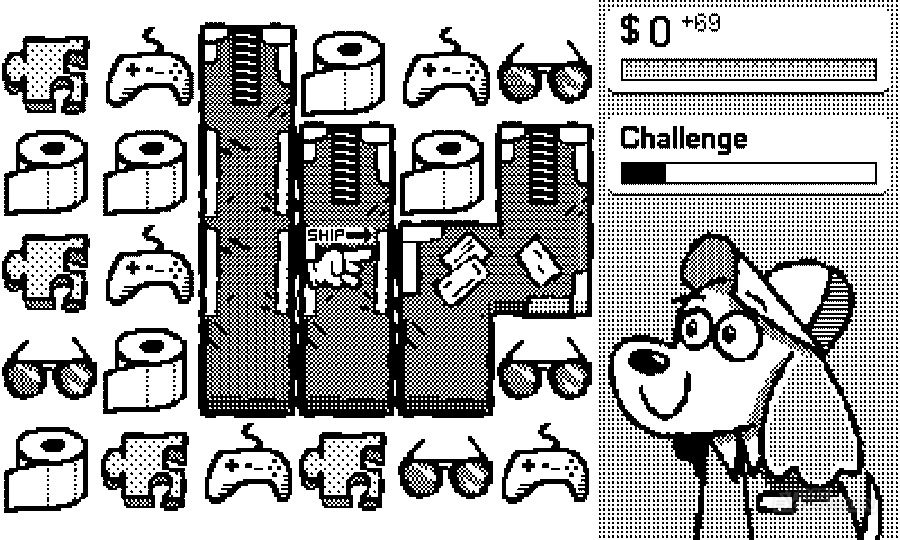
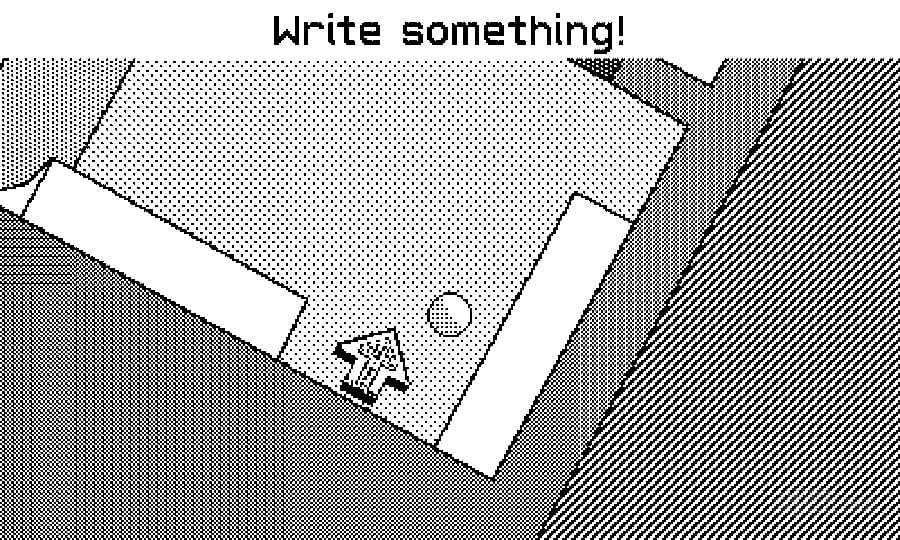
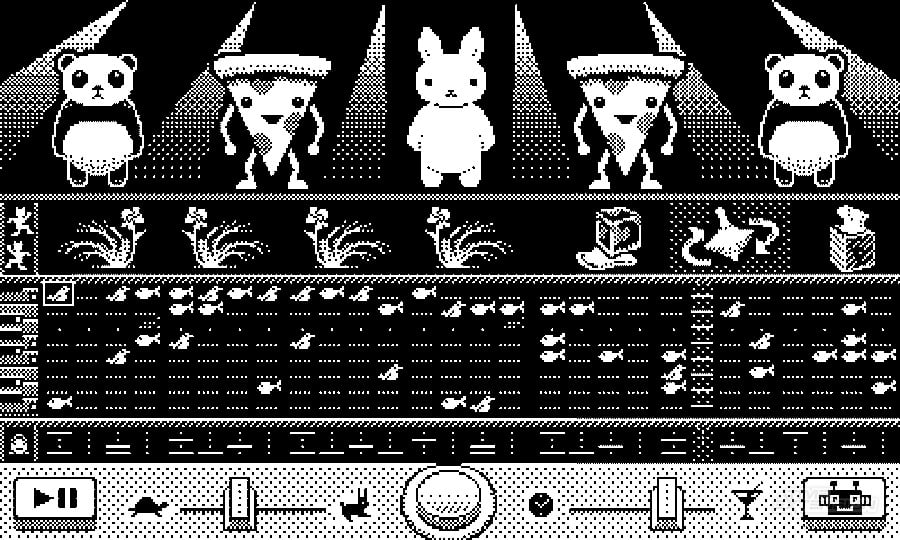
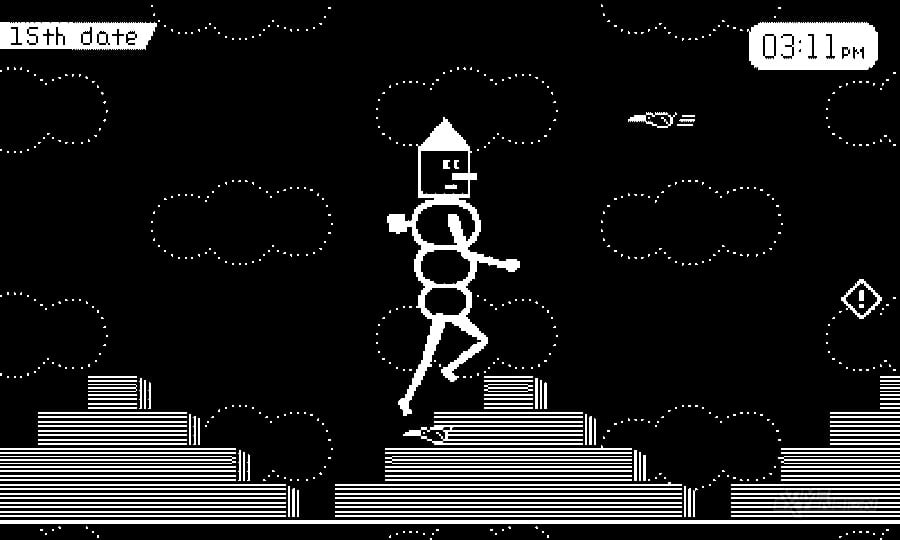

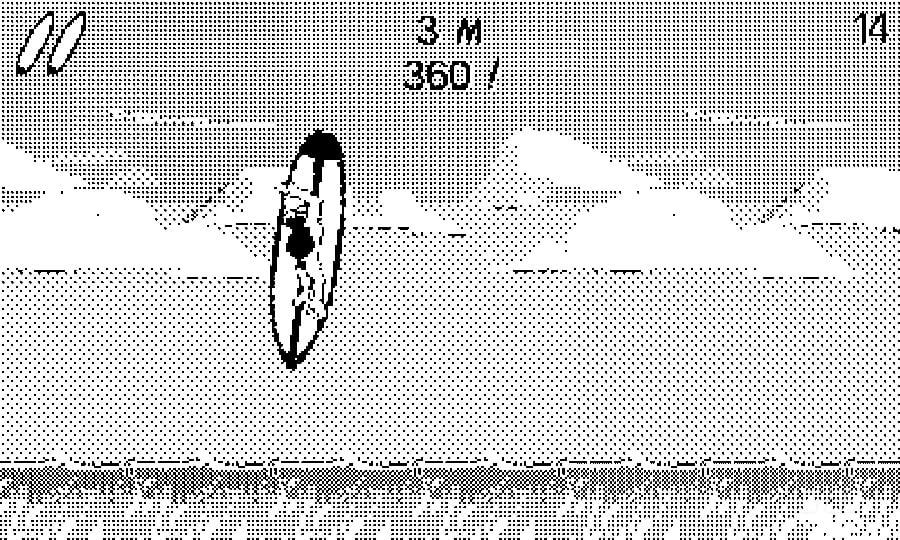





Comments 85
I really don't get the concept of this handheld in this modern age, can someone explain it to me? To me, it seems like a fun time waster to play while on trains or on the bus.
I think I might get this for my dad. It's his kind of thing.
@NintendoKnight Tell me you were born after 1999 without telling me you were born after 1999.
This actually looks pretty cool. It's a bit pricey, but it's a niche thing. If the price drops a little and I've got some spare cash, I might check it out. The games look cool and I dig the aesthetic.
I'm in group 3 and looking forward to this.
What Ironcore said.
@NintendoKnight seems you got it in one there mate, just a bit of fun
@NintendoKnight Some people including myself love the lofi withered technology of dot matrix and whatever tech thing is using. The market is for those who enjoyed gameboy and current indie titles. I have preordered this but have no interest in a steam deck for eg. I have a switch but mostly use it for indie titles.
@NintendoKnight You said "To me, it seems like a fun time waster to play while on trains or on the bus." That's the point of gaming in general, no? To entertain yourself.
Group 2! I’ve seen the price mentioned as a negative on a couple reviews which is odd, as most people who want one have probably already preordered…
'Few could have seriously predicted the impact the original Game Boy would have when it was released way back in 1989 [...] and arguably represents one of the most significant developments in the realm of handheld gaming.'
It is not 'arguable', it is an objective fact that the Game Boy is the most significant and paradigm shaping handheld in the history of gaming.
@farrgazer you can also play it on a bench in the hallway.
@smithyo um… Nokia N-Gage, anybody?
Would love one…….. wont pay what they want for it………. Massively overpriced
@dartmonkey same, and knowing I’m not alone has softened the hurt of missing the first 20k
Thanks for the thorough write-up @damo
@Kevember I was born in 87 and to be fair while I can see the market to a degree for a unit like this just as far as the overall concept, I have a hard time believing there’s much of a market for a $179 black and white non backlit screened handheld in 2022.
If it was cheaper and there was a backlight that would be one thing. There’s a reason Nintendo has included a backlight in every portable they’ve made since the GBA SP. Also this is clearly marketing itself towards an older demographic who had a classic game boy back in the day and not everyone in that demographic is going to still have perfect eyesight.
looks fun, but absurdly overpriced. But not surprised by that, Panic is a company that only makes stuff for Apple products, so they're used to this.
@KoiTenchi I was shocked and offended to read the aspersion that we game boy rememberers are too old to see properly. —Once I’d found my reading glasses, that is. (They were on my head again!)
It has me really intrigued, but I just can't justify the price (for myself, I understand why they kind of sort of have to go with a high price).
I really want one but I was too late to grab one before the queue became massive. Surprised to see no mention in this review of the DSi Flipnote Studio viewer that was created for it. You can even use the crank to move frame by frame!
I quite want one of these but it's another 2023 shipping as I missed the preorders before. They are expensive but cool.
@NintendoKnight "To me, it seems like a fun time waster to play while on trains or on the bus."
I kinda feel like that's the main draw of the little thing. Which is great!
Unlike absurd vaporware like that "Amico" monstrosity, this looks like it has an actual niche and meaningful software. The crank control is EXACTLY the sort of hook I could imagine Nintendo using for a new platform. This is a creative and fun looking little device that 100% has my attention.
My only issue is that I think they've overshot the price point for a significant place in the market. At $99 with widespread availability, I'd pick it up tomorrow.
Looks like I'll be having a fun time with this! I'm in group 2 so it'll be a little while before I get mine, but I'm pretty hyped for it. I've been in the mood to play some shorter simple pick-up-and-play type games, so this should satisfy me pretty well.
This thing is super groovy and I want one, but man that price is a tad bit unpalatable for what it is. I can kind of see it being justified with the two dozen games you're given, but I am not keen on paying that entry price. Now, were I to happen across one with a reduced price...
Definitely not a scummy product compare to the Amico but that price is still way too expensive for the inferior features it had. I would buy this at around $99 even if it doesn't come with any pack-in games.
For anyone else in the UK; the system and case were advertised as costing $199, but ended up being $270 with shipping and taxes. Maybe if I can buy one used for a more reasonable price I'll give it a shot.
@Robokku Haha I relate way too much!
And I certainly say that not to offend but from going through the same experience. I do have some nostalgia for the old black and white gameboy games and love when I see that style used but nowadays I think they would need to pay me to play a non backlit portable. Now playing GB games on 3DS VC… that was the way. Or before that playing them on an SP.
Managed to snag one and I’m in the first group so shouldn’t be too long before I get to try it now! It’s not cheap but they are doing this for a niche market rather than the mass market and who knows if it’s a success maybe the price will eventually come down
I would consider this if it had a lit screen. That omission can make this a really hard sell for me and likely some others which is a shame because otherwise this looks like a really fun and unique affair.
I was tempted to order this, but the lack of a backlight single-handedly kills this for me. I'll wait and hope for a revision that adds a backlight.
"Playdate is perhaps the ultimate 'hipster' handheld"
And for that reason, I'm out.
@NintendoKnight Console for hipsters. That's it, that's the whole gimmick. Chads play with the $1 chinese consoles with calculator displays.
Blows my mind why anyone would want to carry that around when in their pocket is already a phone which has quite the impressive variety of games compared to that extremely overpriced hunk of plastic.
Way too expensive for something I’d probably get tired of in an hour.
I'm sure this appeals to someone. But definitely not me. I grew up in the 80s, and I have endless nostalgia for the Gameboy. But it's not like Gameboys up and vanished. I can pull mine out now with an Everdrive and dive into any random game from a massive library of classics. These games all look like a few minute time wasters. I get enough weird looks from being an adult playing with a handheld game console, I'd hate to be sitting in public fiddling with that crank on a kiddie yellow unit.
I'm in group 2 and can't wait for this to arrive.
I also own both the handheld and home consoles of the Evercade.
I can understand why people don't get why someone would buy this but as a collector and retro gamer why wouldn't I?
Each to their own.
My 9ye old daughter can't wait to play this, she loves retro gaming thanks to my collection of 244+ N64 games .
😁
The lack of a backlit screen kills any desire I have to ever own this thing. I grew up with the Game Boy, and, like everyone else who preferred to play it in places that weren't filled with direct sunlight, I strapped worm lights, magnifiers, and what have you onto the blasted thing in an attempt to make it semi-visible while I was catching Pokemon.
While I'm sure the visibility here is superior to that ancient display, it seems like a bizarre step back into the past. Especially for a device that costs almost as much as a Switch Lite.
@kerplunk what turned me off were the shipping and duty fees getting this outside of the US. I was on the Playdate bandwagon getting updates via email and theor twitter account but it would have cost me rougly $25-40 more to get it to the EU & I couldn't justify paying over $200 for this. I have a US address as well but didn't like this lack of transparency, so keep an eye on the price as it will likely be above the $179 (and the protector looks awesome). Hope that potent for extra cost gets covered on this article!
@SteamEngenius Then why carry around a Switch? Or a 3DS, which was widely mocked as DOA due to the existence of smartphones on release? The medium is the message and the way hardware design choices and limitations influence the look, feel and style of games that exist on a platform is one of the things that make games different to other forms of entertainment.
Not disagreeing that it's too expensive though, and I doubt it will be successful.
@KoiTenchi “ I have a hard time believing there’s much of a market for a $179 black and white non backlit screened handheld in 2022 “
Well even it’s creators massively under assumed the market for it. They planned to make 20,000 in the initial pre-order run and then if there was demand they would make a second run. That initial number sold out in 20mins and they currently have around 50,000 pre-orders according to the latest update email. I’m in batch #4 due hopefully later this year.
I think people are a little confused about the aim of this product. This isn’t intended to be a new Switch or anything, it’s not meant to be something that gets crazy sales and everyone has one. It’s a knowingly niche product for a relatively small group of people who will enjoy it.
I guess you could call it the hipster console but that feels cynical. I preordered one because it looked like the focus was on being fun first and foremost. It had a sense of pure playfulness that I think sometimes even Nintendo products lack. No part of it was about being impressive or sleek or cool or useful. It’s a bright yellow square with a 2-bit screen that plays simple games and has a crank because maybe that could be fun for some things and that appealed to me greatly!
@SteamEngenius I don't know about you, but the more time I've spent with smartphones, the less I've wanted them to be able to do everything. These days I have a couple pinball games and Rollercoaster Tycoon Classic on my phone, and that's it. Both play alright on a touch screen, but not great. I'd much rather have a dedicated handheld, be it this or a 3DS or something else pocket sized, to carry around with me for killing some time while out and about.
I had to choose between this one and an Analogue Pocket and chose the latter. I hope I don't end up regretting my decision
Not quite my kind of gaming device, but I am curious to see where it goes and what kinds of creative things developers and artists can do with it. Wishing it the best.
@NintendoKnight There really isn't more to "get" about it than what is presented in the article. And it's really a luxuriant little thing. Could I possible justify getting this over a used 3ds or nintendo switch? No way. But, if I already own both of those things and want a weird little gadget with a bespoke line up of cute games then I have struck gold.
Want one as I love handhelds and I love Teenage Engineering the company who designed it. If the price was lower I would be all over it. Then again all Teenage Engineering products are overpriced.
@Rosalinho it already is successful.
It’s not meant to sell like the Switch or even an Analogue Pocket. It’s niche and it knows it, it embraces that fact fully. But they originally planned to make 20,000 units available for pre-order and then they’d make more if there was demand. Those 20,000 sold out in 20mins and they got 50,000 pre-orders.
It’s still niche and it may never sell more than those 50,000 preorders, but that’s 2.5 times it’s success target.
this looks cool and got a retro quality like it came out of cuphead but on the long run i don't see the point to keep using this crank. Unless there's a final fantasy or pokemon quality RPG that can take advantage of this thing, i don't think you can play these more than few minutes.
@avictorao analogue pocket got much better games, and got better screen, this looks cooler though!
@smithyo I thought the same thing. It's the single most important piece of hardware in handheld gaming history and it's not up for debate.
@KoiTenchi I don't get this either. I grew up with a GBC and GBA and the lack of backlight was kinda ****. Plus in this day and age with how many aftermarket Gameboys that play Gameboy games why would I want this? It seems extremely niche. Great for the people who love it, but I'd rather pull out my original 1998 purple GBC than spend $180 on a novelty item that I'll play for an hour and get bored.
This looks cool but I have this thing called an Arduboy. It's very similar to this. It's a (really) tiny 1-bit handheld reminiscent of a Game Boy. It and this are both pretty expensive, in my opinion. (Arduboy is $50 and comes with 200 games, look it up)
I wouldn't mind having a another system to mess around with. However, the price tag put me off on this one. It is a cool concept though.
@Geonjaha
Yep ! The importing tag price + the waiting line made me give up on this. Getting it after the whole season is over and done with makes no sense !
No backlight in 2022 means no interest from me.
Seems like a cool little niche gadget. I dig the risk-taking, innovation and uniqueness of it. Needs to be cheaper and screen needs to be backlit (and preferably in colour) though.
It is gorgeous looking! I'm in Group 3, and can hardly wait
Part of what I think is great about this is that games are being designed by some great indie devs with this system in mind—not just the crank but the graphics, etc. The limitations of the system force their own creativity.
So not only is it the only place I’ll be able to play the new Lucas Pope game, but it’s a game that he would never have made if not for this thing. That’s brilliant to me!
I own a bunch of Teenage Engineering synthesizers by the team who helped design Playdate, and they’re the same thing—great little packages with huge limitations that help foster creativity in a way that endless iOS apps and DAWs don’t.
It's totally reasonable, yet it's a lot of money!
I'm saving up for this one, it seems amazing and the small selection of games I've seen look truly wonderful!
I'm in group one! Hopefully I'll get mine soon.
@Ironcore hello fellow group threeier!!
I am too in group 3, waiting like a champ.
@Kevember Silly comment. I was born in 1969 and I'm decidedly not into this. I feel like the article nailed it with the one line, it's the ultimate device for gaming hipsters.
@NintendoKnight I think you’ve answered your own question there . It’s a simple, fun distraction. I ordered mine day 1 initially because I love teenage engineering stuff but it’s often mad pricey. The second thing for me, was pulp language, the web version of it had me making a simple 3 screen “game” with no experiences, so I reckon there will be a lot of fun stuff coming down the line from talented coders who want to experiment without all the hassle of getting through the process of the big platform holders. I also appreciate the “season” download idea. I a world of too many choices, just getting something sent to you regularly, automatically appeals to the kid in me. Finally, I love the tiny size, great for travel, or sticking in your pocket as something to fiddle with beyond the non stop scrolling and snooping of phones.
@JasmineDragon I’d say don’t knock it until you’ve tried it. Why let a preconception spoil potential joy? Each to their own like but keeping an open mind can let some unexpected good stuff in.
@SteamEngenius I despise touch screen gaming.
@Rosalinho depends how ti define success. it’s already sold out. You won’t see any more until 2023. If I was Panic, this fact and the oodles of (free) media coverage and conversation would have me chalking it up as a success already. If they wanted to outsell Switch and iPhone, then they have failed miserably, but I doubt this was their goal.
@KIRO @Ogbert Fair enough. Don't get me wrong, I love the Game Boy and clearly the people who came up with the Playdate do too. I'm not convinced it will last as a platform is all I'm saying, but who knows? I wouldn't mind being proven wrong. The fact that they seem to have a comprehensive SDK is a smart move at least.
I'm interested in this for sure, but most of the early reviews are calling out hand cramping issues and poor viewing angles. At the price, I think these shouldn't be issues. So I will pass unless I actually play it and determine the reviewers were wrong.
@Rosalinho I'm not sure what you mean by "last as a platform"? It's just a fun thing for people to enjoy. They're not trying to make a mark on the market or anything.
So many questions.
How does this cost as much as a switch lite? Seriously, how? This should be 50 bucks. Look at a switch lite and look at this. Insane.
You only get the 2 games per week they pick? Why? Why not just let anyone upload a game like pico-8 or something?
If i make a game for this thing, it's playable for up to 12 weeks in the "season" lol, and then what? Gone forever? Will these games end up on steam? Is this just manufactured FOMO?
That crank is going to break. Games are almost certainly going to ask you to spin it as fast as possible. What's the lifetime on the stupid crank in number of spins?
So weird
@KIRO I like to think my mind is pretty open. Unfortunately this is not a "try it, you might like it!" kind of thing, it's a "pay $179, you might like it!" So that'll be a no from me, unless you want to buy one for me?
@JasmineDragon ha ha - good point! Maybe if I win a scratch card
@KIRO Okay, fingers crossed for you then!
No, but seriously. If I was made of money I wouldn't be opposed to trying it out. It's not like I hate fun things in general. But it's a lot of money for a thing that I think has very limited potential. It's not like I'm going to miss some essential gaming experiences if I don't buy it. It's a gimmick device, pure and simple. It's probably going to be fun, but this is not the Next Big Thing. At the risk of losing some nerd cred, I'll save my money for things I care more about.
@JasmineDragon Same year my dad was born. You don't have to be interested in it to understand how some people, such as my dad, may find it appealing.
@JasmineDragon I don't disagree with the gimmick comment. What really swung it for me was messing about with their game maker thing. I can make a game - it will be shockingly bad - but I'll be playing it on a handheld, with proper buttons and that (perhaps sadly) is a thrill for this old heart. I also suspect there will be some really nice surprises from the sort of creators who just wanna make a quick cool game without all the nonsense that encases the business of game creation these days. That said it could be gathering dust in a few months time like my little Mario game and watch is
@Kevember I understand perfectly how some people - of any age - could find this appealing. That's why it was a silly comment. The level of potential interest in this has nothing to do with one's age.
@Pupuplatter I think you misunderstood a lot. You can easily sideload games. They've even announced a digital store that will be included eventually. On top of that, there is a "season" of 24 curated games that gets added to your system over 12 weeks. Once they are added, they are on the system as long as you want them to be, and can be re-downloaded if you delete them.
The price being almost as expensive as a Switch Lite is probably due to how few units are being made. If they were making a million units then it would be a lot cheaper, but since they're only making thousands at a time costs are higher.
@JasmineDragon Well I replied to someone who said he didn't get the concept. You're conflating interest in the product and understanding the product here.
@Kevember Eh. Not worth arguing over, and at this point I'm not sure which one of us is missing the point. Could be both of us. Anyway, enjoy your gizmo! It does look neat, I just don't need it.
@Kevember As someone born in 1983, I don't see much point in it, either. Maybe tone down the condescension?
@Maulbert I'm sure there's a whole lot of other things you don't see/understand, sport.
Lovely little niche product, and since my 3ds and switch were getting a bit old I ordered it last year.. am in batch 4.. The 3ds offered for a while new ways of of gaming, but this little crank really trickled me..
Only thing i fear is that because of all the delays it won’t feel that fresh anymore when it finally arrives… this whole season thing is different when other people already are playing i presume….
The whole ‘hipster’ comment is rather funny… it’s been used as a way to call out people trying to be more the authentic then others, and people just following that quest for authenticity just because their friends do it, but don’t forget the people who started making ‘real’ sausages or herd bees (guity as charged) did that for a reason, and that search by itself is something we need in gaming too, in this world of endless freemium misery…
@NintendoKnight "To me, it seems like a fun time waster to play while on trains or on the bus." I... Don't know what you don't understand. That literally is what most people would use it for.
@hbkay definitely not massively overpriced when you consider you get 24 games?! Also I heard it cost them nearly $100 to make each system so it’s really not bad
Just unlocked the 3rd round of games! I’m absolutely loving it so far.. just as much as I hoped/thought I would. It’s so charming. The games are great and varied. And it’s so portable. Perfect for my subway commutes. Sometimes I’ll bring my switch but it is just a much clunkier device to pull out whereas play date doesn’t require any effort. like I said loving it!
Show Comments
Leave A Comment
Hold on there, you need to login to post a comment...